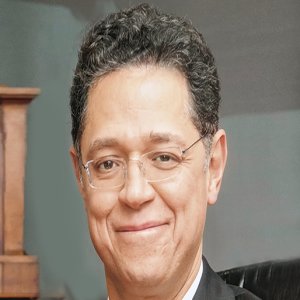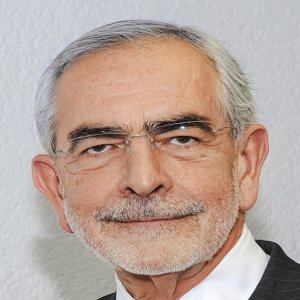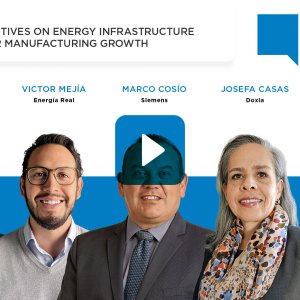Integrate Climate Change into Risk Management

STORY INLINE POST
Q: What is behind Nestlé’s strong climate change position and what is its strategy to reduce its emissions globally?
A: With the highest carbon dioxide levels since the Industrial Revolution, the resulting changes in climate may threaten global food security in general, and our business in particular. The long-term supply of safe, high-quality ingredients may be affected as yields fall and production areas shift. Manufacturing or distribution of food products may be hampered because of extreme weather events. That is why reducing air emissions and adapting to climate change are integrated into our risk management processes and why our response is a holistic one. Given our global footprint, we use many different mixes of fuels and energies throughout the world, which depend on local supply and market conditions. Our overall strategy focuses on improving energy efficiency and switching to cleaner fuels and energies. Procuring renewable electricity is a key element of that strategy.
Q: What route is Nestlé taking to become 100 percent renewable and how is Nestlé Mexico contributing?
A: In August 2014, Nestlé endorsed the Carbon Disclosure Project (CDP) initiative to procure 100 percent of electricity supply from renewable sources within the shortest practical timescale, which is fully aligned with our own explicit commitments. Importantly, the endorsement of this initiative by Nestlé and other large companies sends a strong signal to the market and contributes to accelerating the growth of renewable electricity markets well beyond our own needs. This ultimately helps lead the global transition to a low- carbon, climate-resilient economy in line with COP21’s Paris Agreement.
Since 2013, Nestlé México has sourced 80 percent of its electricity from wind power and expects that in 2017 we will supply all electricity from renewable energy sources. We agreed this under the previous law that considered the existence of self-supply societies. We established a contract with Enel Green Power and it has become our supply partner.
Q: To what extent has the Energy Reform contributed to making Nestlé’s clean energy goals easier to achieve?
A: With the Energy Reform, we have new and better options for competition, establishing contracts with different companies. We are analyzing all our options to achieve 100 percent supply from renewable sources. In the past we decided to go for wind energy because a study showed it was the best solution at the time in terms of the cost/benefit ratio.
Q: How big is the Mexican market for Nestlé’s operations globally?
A: Mexico is the sixth largest country for Nestlé worldwide. We participate in more than 10 categories, and our position in the market is different in each one. For example, we lead the coffee segment with our Nescafé® brand, and the dairy culinary segment with Carnation® and La Lechera®, or baby food with Gerber®. The company has 17 factories in Mexico.
Q: Your Coffee-Mate® factory has invested US$250,000 to reduce carbon emissions. How was the money used and what were the results?
A: Our Coffee-Mate® factory was the first in Mexico to use solar power to produce thermal energy, having the first LEED platinum building in a production facility. Since 2010, Nestlé México has invested over US$60 million to implement different technologies, including efficient and clean energies, to reduce its usage and carbon footprint. For instance, we have a biomass boiler in our coffee factory in Toluca that was converted from fossil fuels to natural gas and also uses hot water from concentrated solar technologies. All these efforts have helped us achieve our commitments in terms of energy and sustainability. We reduced our energy usage 37 percent and CO2 emissions 61 percent, compared to 2005 levels. Considering the carbon footprint per produced ton, the reduction of CO2 we achieved was 147,000 tons in absolute numbers.
Q: Can you tell us more about your renewable energy initiatives?
A: We have made an effort to reduce carbon emissions in all our facilities, not only in the one that produces Coffee-Mate®. We use several sources of green energy in our plants: wind and PV solar for electricity and biomass and solar concentrators for thermal energy. We have reduced CO2 emissions in more than 61 percent of our direct operations not only because of the large share of renewables we have in our energy supply but also from the energy-efficiency levels we have achieved through different initiatives. More than 2 percent of our total energy consumption, not only electricity, comes from renewable sources.
Q: What are Nestlé México’s plans regarding energy and sustainability in 2017?
A: We use different types of energy due to the nature of our operation and electricity is one of the most important inputs for our processes. The commitment to use 100 percent renewable energies refers only to electricity and this will happen in 2017. We are evaluating different offers from the market and we will accept the one we consider the best for our business and our clean energy targets.
Q: What advice do you have for companies that would like to incorporate renewables but are wary of a negative impact on competitiveness?
A: Climate change requires everyone’s attention, including society, governments, the private sector, NGOs and academia. It is necessary for all companies to understand that we, as humanity and as a business, are vulnerable to climate change effects. Food production depends on the health of the environment. If we do not start doing different things, we cannot have different outcomes. Renewable energy technologies are becoming more attractive every year and competitiveness is not compromised. We can take advantage of those technologies and realize savings in energy costs while supporting climate change mitigation. Certainly, this is a business continuity decision for long-term success.
























